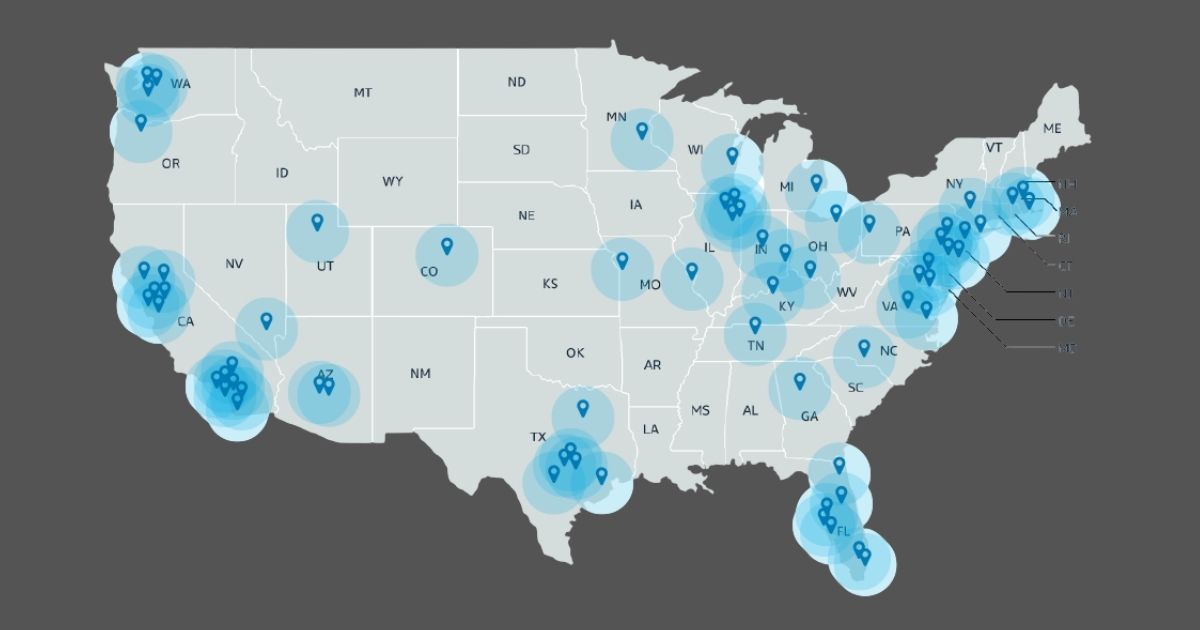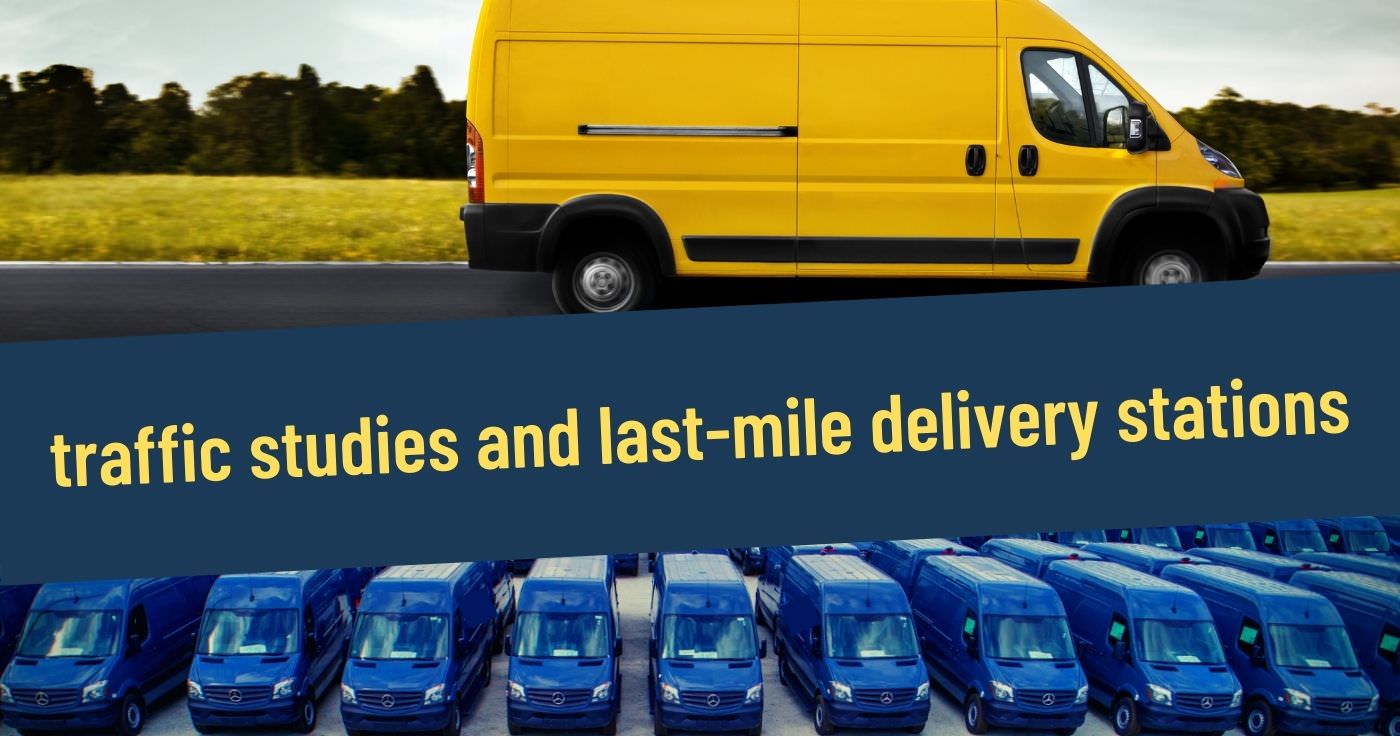Home delivery is on the rise, which leads some to ask: What impacts do all these deliveries have on our local and regional roadways? How do companies like Amazon, Fedex, and UPS get those deliveries to our front doors so quickly and reliably?
A key reason: warehouses are located along major transportation routes near our neighborhoods. Even before the pandemic, one survey of retailers noted that “83 percent of respondents [were] using parcel companies such as UPS and FedEx for last mile deliveries.”
Traffic engineers play a major part in the development of these “last mile” engines of commerce through providing traffic impact studies for the businesses that rely on a smooth-functioning transportation system.
So, what is a traffic study, and why would package delivery and supply chain companies need them for their warehouses? Every study is different – each one identifies and defines a particular transportation challenge based on the project at hand.
Traffic studies are generally required when a new development is proposed and when that new development is expected to impact traffic volume and patterns. Without the development of a traffic study and its approval by regulatory authorities, last-mile package delivery stations and other development can’t move forward.

Trend: Growing Network of Delivery Stations
Last year, media reported that Amazon intends to open 1,000 new delivery stations. As The Oregonian reported, “The facilities, which will eventually number about 1,500, will bring products closer to customers, making shopping online about as fast as a quick run to the store.”
As transportation has further diversified from a car-centric approach, some of our work has been to solve “last-mile” connections for commuters and office, hotel, and commercial properties. Our role is to help develop projects that solve the last-mile connection for delivery of goods.
While the pandemic has increased home delivery of packages, the trend toward home delivery was already on the rise, with the New York Times reporting that “the average number of daily deliveries to households in New York City tripled to more than 1.1 million shipments from 2009 to 2017.”
As retail shopping continues to evolve, we foresee an increased need for traffic analyses to enable delivery services to serve customers throughout the country.
Initial Traffic Study Findings for Delivery Stations
In our traffic engineering work on last-mile delivery stations, initial traffic studies prepared for delivery stations demonstrate that the impact on the road network during typical commuter peak hours is minimal:
- Employees arrive and depart during non-traditional working hours to sort packages and stock delivery vans.
- Delivery vans set out for delivery in waves, typically departing after the morning commuter rush and arriving back after the evening commuter rush.
- With the operation of delivery stations spread over the course of the day, delivery stations have a lower peak hour impact on the road network than expected.
Amazon Delivery Station Video: “They Call That the Last Mile”
Contact our Team
Michael J. Workosky
President | (703) 676-3603
mjworkosky@wellsandassociates.com
Mike Workosky is a transportation executive with more than 25 years of experience across the United States in parking matters related to mixed use developments, town centers, shopping centers, and commercial, governmental, and academic properties.


